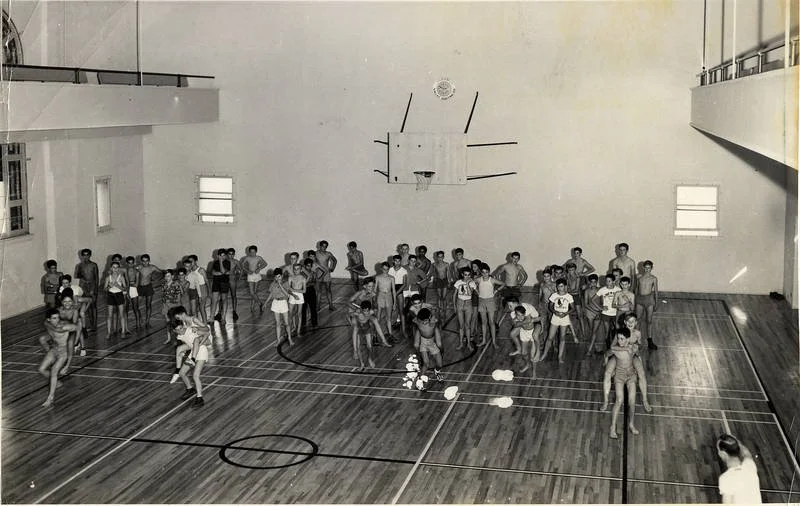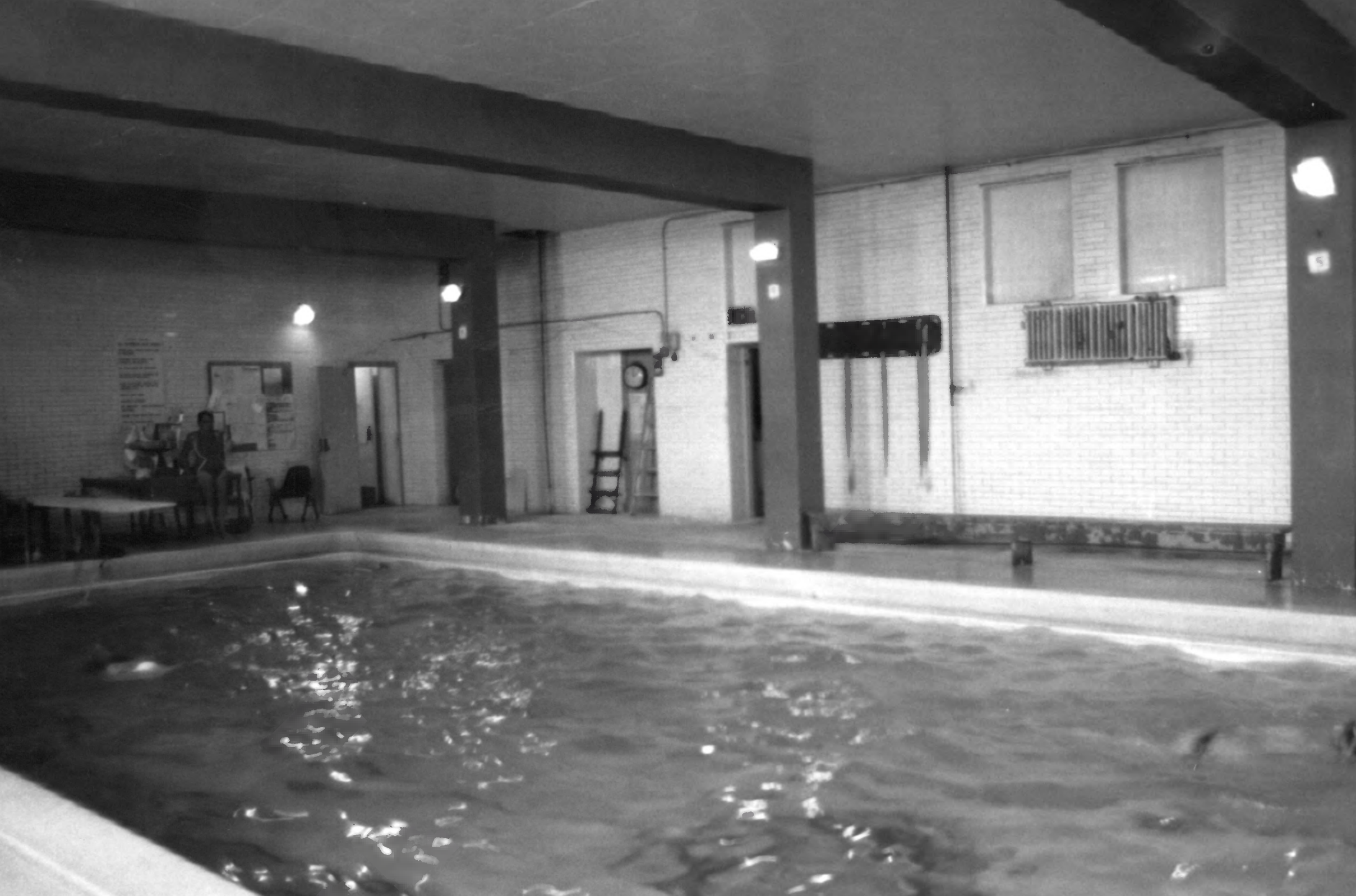
History of the Pomona YMCA
Built on Layers of Pomona History
For more than a century, the corner of Garey Avenue and Monterey Avenue has been a place where people gather, rest, and reconnect. Long before it became The Union on Garey, this land held deep cultural meaning for the Tongva people, the original stewards of Tovaangar (the Los Angeles Basin, San Gabriel Valley, and surrounding regions). Over time, it became the site of the grand Hotel Palomares, then the Pomona YMCA, and today, a restored community hub where history and creativity meet.
Tongva Land Acknowledgment
The Union on Garey stands on the unceded ancestral lands of the Tongva people. For thousands of years, the Tongva lived, created, traded, and told their stories throughout this region—long before Pomona became a city. We honor their enduring presence, their contributions, and their continued relationship to this land. This acknowledgment is one small step toward recognizing the layered histories that shape our community.
Hotel Palomares: Pomona’s Grand Hotel
In the late 1800s, this block was home to the Hotel Palomares, a Victorian/Queen Anne–style landmark opened by hotelier Frank Miller. With its wraparound porches, towers, and rows of now-historic palm trees, the hotel welcomed citrus growers, rail travelers, and visitors to the growing Pomona Valley. The Hotel Palomares became a centerpiece of early Pomona life until a devastating fire in 1911 destroyed the structure. Several of the palm trees along Garey Avenue today are believed to be survivors from the original hotel grounds—a living bridge between past and present.
The Pomona YMCA: A Home Away From Home
After the hotel’s loss, Pomona turned its attention to building a community anchor. Between 1919 and 1922, local residents raised more than $270,000 to construct a first-class YMCA, designed in a Georgian Revival style by architect Robert Hall Orr.
For decades, the Pomona YMCA served as a vibrant gathering place where generations learned to swim, played basketball, attended dances and classes, and even lived in the upstairs dormitories. During World War II, the building housed servicemen stationed nearby, continuing the YMCA’s tradition of being a “home away from home.” Women were officially welcomed as members in 1949, expanding access to programs and facilities.
As time passed and community needs shifted, the YMCA eventually closed, leaving the building vacant for years. Though worn and neglected, its structure—and its history—endured.
The Union on Garey: Restoration and Renewal
In the late 2010s, preservation leader Ray Adamyk and Spectra Company acquired the former YMCA with a vision to restore and reimagine it as a community hub. Through meticulous preservation work, the building’s historic masonry, grand staircases, and distinctive architectural details were revived, while interior spaces were adapted for modern use.
Today, The Union on Garey is home to creative workspaces, community events, The Cathedral music venue, and a growing network of local partners. In 2025, the project received the California Preservation Foundation’s Preservation Design Award for Rehabilitation, recognizing its exemplary adaptive reuse and community impact.
The Union continues the story begun so many years ago—a story of hospitality, gathering, and renewal. From rail travelers to soldiers, swimmers, skaters, entrepreneurs, artists, and neighbors, this corner of Garey Avenue has always been a place where people come together. The Union exists to keep that tradition alive for the next generation.



























